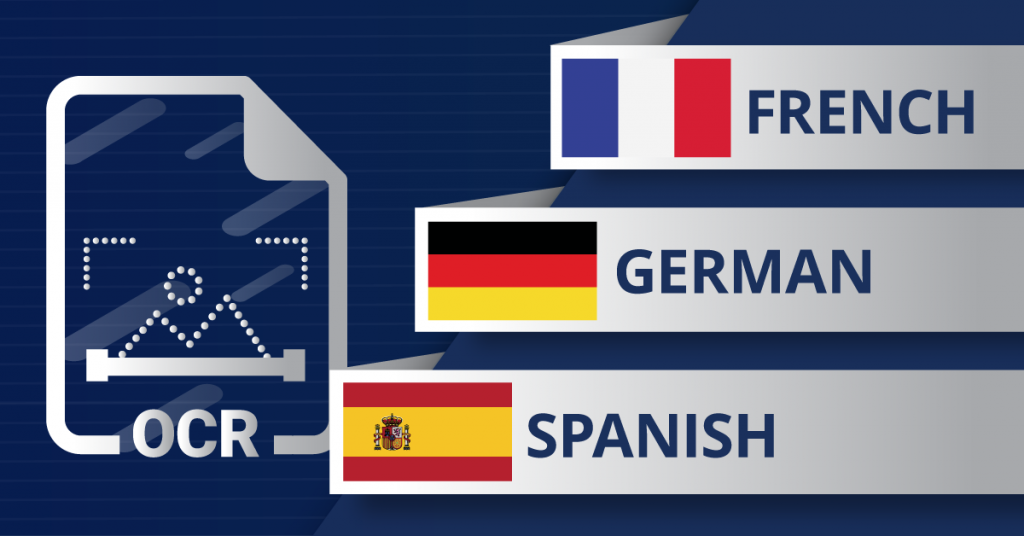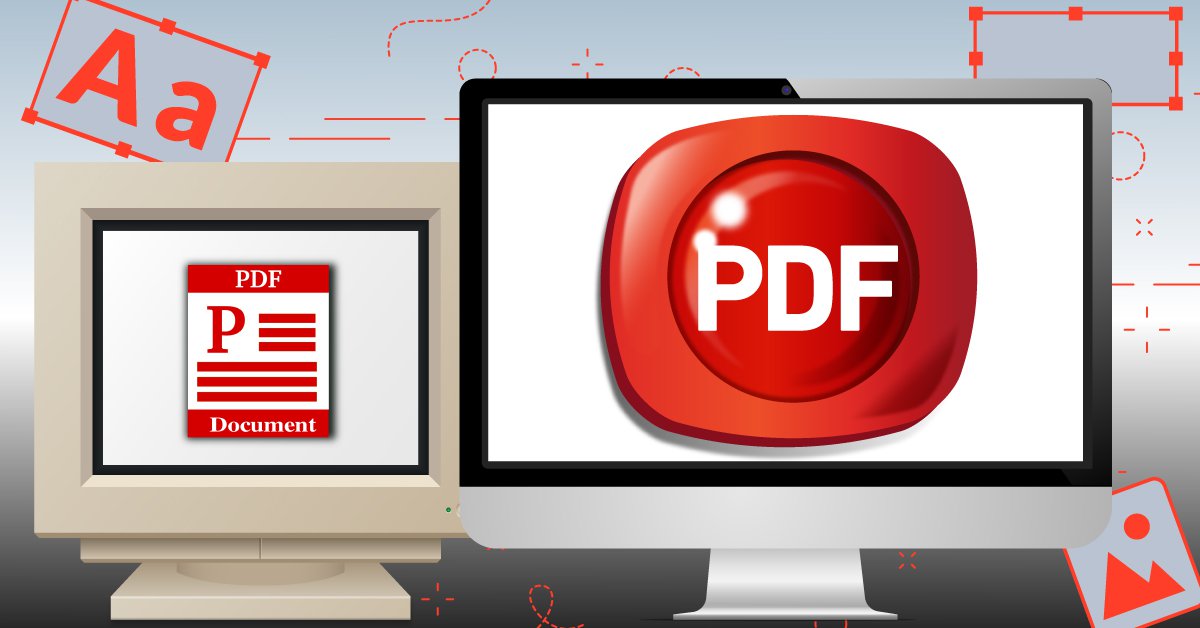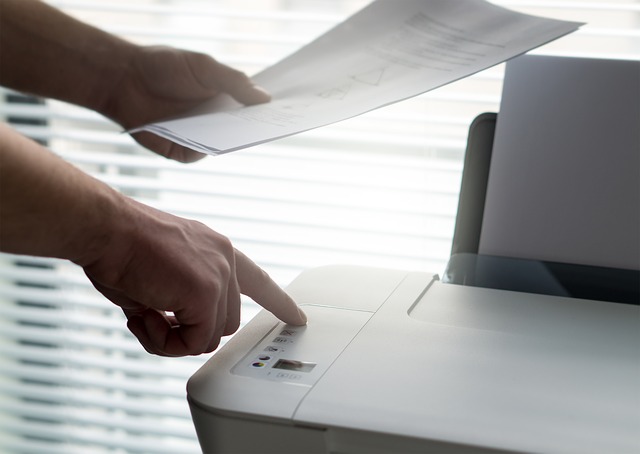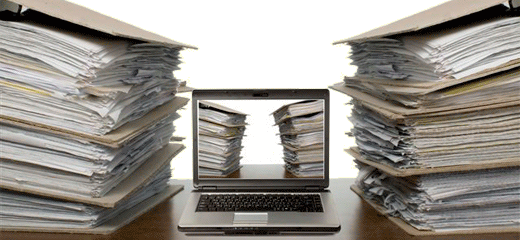
With the help of the Internet, working from anywhere and connecting with anyone in the world is possible. It not only generates new learning and working opportunities, it also exposes you to different languages.
Whether you’re working PDF manuals in French, a business contract in Spanish or downloadable documents in German, you need to be able to work with that content.
Regardless of how you come across the information or why you need it, one thing you can count on is that there will be a time when you need to convert PDFs that are in a different language, both native and scanned PDFs alike.



